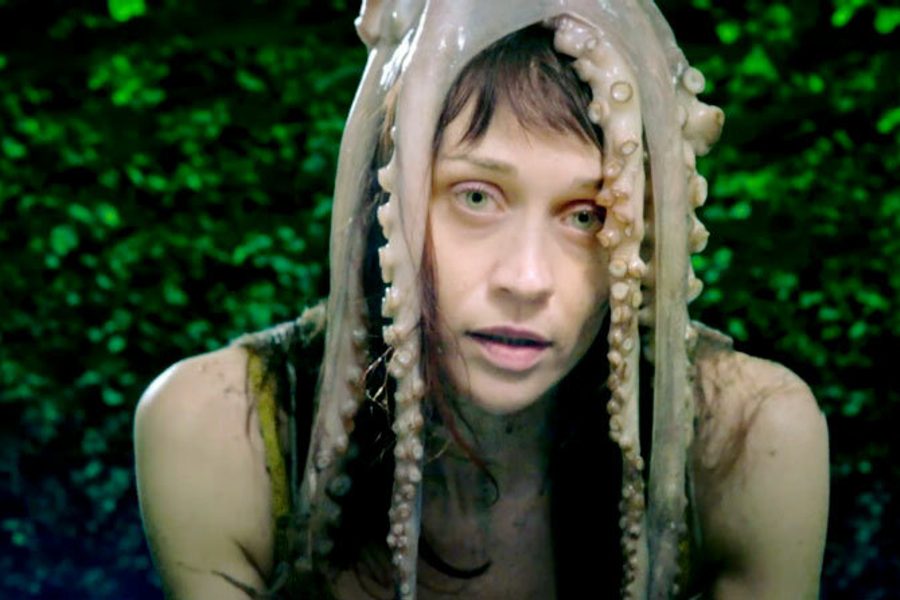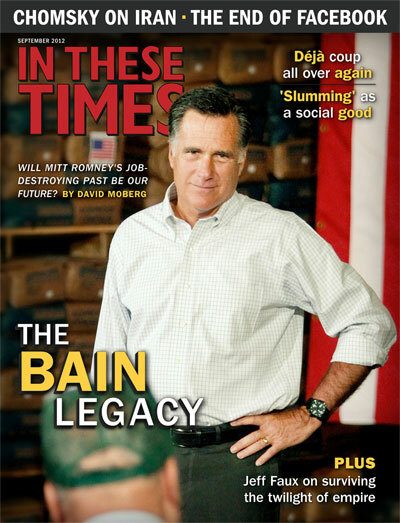Vulnerability: The New Girl Power
It’s tempting to view the female confessional as apolitical. In fact, it’s a new form of feminism.
Jude Ellison Sady Doyle

“I finally started sobbing-sobbing,” reads one entry from author and sometime New York Times correspondent Kara Jessella’s blog, “real crying, not illustrative crying, like leave me alone, you are terrorizing me, i just had a seizure like two weeks ago, i’ve been up all night, what is wrong with you? how could you treat anyone like this? much less ME? crying — and said if he really cared about my health why was he yelling at me.”
The off-the-cuff presentation — a no-caps recap of a fight with a boyfriend, posted alongside a Kelly Clarkson song — is misleading. It’s very Internet. And thus, one might assume, very unserious. What you’d be missing, in such an analysis, is that this blog post is a harbinger of a new feminist moment.
Consider: This summer’s fashionable read is Sheila Heti’s How Should A Person Be?, a “novel from life” that includes lines like “I wanted to shoot myself in the face with a gun that released so many bullets at once, which would fan out and hit every part of my face and explode it into nothing, into mush,” and meditations on becoming a “great blow-job artist.” The girl-centric TV show of the moment is Girls, written by and starring Lena Dunham, who is half-naked and fending off awkward anal sex within the first 15 minutes of the pilot, and writhing on her parents’ bedroom floor in the grips of a panic attack by its end. Dunham acknowledges that the show is autobiographical.
As for music, this season’s highest-praised album by a woman is Fiona Apple’s The Idler Wheel Is Wiser Than the Driver of the Screw, and Whipping Cords Will Serve You More than Ropes Will Ever Do. The album contains choruses such as “don’t let me ruin me” and “how can I ask anyone to love me when all I do is beg to be left alone?” In interviews, Apple discussed her break-up with writer Jonathan Ames, laid bare both her drinking problem and the extreme social isolation that enabled it, and spoke about being so angry that she obsessively climbed a hill until both her knees gave out. That is to say: What the girls are doing now is vulnerability.
It’s tempting to view this as apolitical. It doesn’t hit any NOW or NARAL talking points. The narrators don’t typically spend their weekends raising funds for Planned Parenthood. They spend approximately zero time listing reasons not to vote for Romney.
Instead, these writers head for the meaty, scary terrain of “girl stuff.” Straight women are writing in detail about fights with partners or bitterness toward their exes, without bothering to acknowledge the icy contempt this inspires in most straight men. Women are describing psychic pain — and psychiatric diagnoses — without bothering to wonder whether they sound weak or hysterical. Women are describing sex, and not just physical positions: They are charting every emotional and social contortion required of them as women. This is daring and necessary because (like consciousness-raising or Riot Grrrl before it) it shamelessly reclaims “acting like a girl.”
This has precedent. The female confessional poets of the sixties, for one; Anne Sexton aimed for the crotch in poems like “Menstruation at Forty” and “Ballad of the Lonely Masturbator.” Sylvia Plath wrote poems about housewives chatting in kitchens (“Lesbos”) and chopping onions (“Cut”). Both disclosed their mental illnesses. They were sometimes dismissed (The New Yorker called Plath “girlish” and “amateur;” the New York Times Book Review called Sexton’s subject matter “pathetic and disgusting”), but few today would dispute their influence. Their mantle was picked up by queer and women of color writers of the ’80s and ’90s (Audre Lorde, Gloria Anzaldua) and again in the ’90s and aughts by writer/performers (Staceyann Chin, Michelle Tea).
Today’s feminist first-person owes much to the Internet. Emily Gould anticipated the aesthetic by nearly a decade, and reaped the whirlwind for it, as she relates in her 2007 New York Times Magazine essay on “oversharing.” Marie Calloway got a book deal this year after posting a sex memoir with a picture of her partner’s cum on her face; Lena Chen posted the same in 2008, and was rewarded with dedicated hate blogs. Even a few years ago, to do this online was to be punished. It’s less taboo now — and more televised — for the same reason we don’t see articles these days about why you shouldn’t post drunk photos on Facebook. We’ve acclimated. But it’s also because when women speak their truths aloud, other women answer with their own.
Which brings us to Jessella. Her blog is a high-wire act. Aside from the fight above, it details a miscarriage, time spent in a psych ward and her ex-boyfriend’s insensitivity in dealing with all of the above. There are e-mails from him, highlighted, displaying said insensitivity. There is the fact that she bit him. This sort of thing traditionally gets one’s ass sued; the ex is another writer, and Jessella has never disguised his identity.
Vanishingly few women are capable of this sort of bravery. That’s why I’m disappointed when people I talk with about this typically want to discuss the ex-boyfriend. “He’s not the point,” I try to say. “That’s the whole point — that he’s not the point. The point of it is her.”
Jude Ellison Sady Doyle is an In These Times contributing writer. They are the author of Trainwreck: The Women We Love to Hate, Mock, and Fear… and Why (Melville House, 2016) and was the founder of the blog Tiger Beatdown. You can follow them on Twitter at @sadydoyle.









